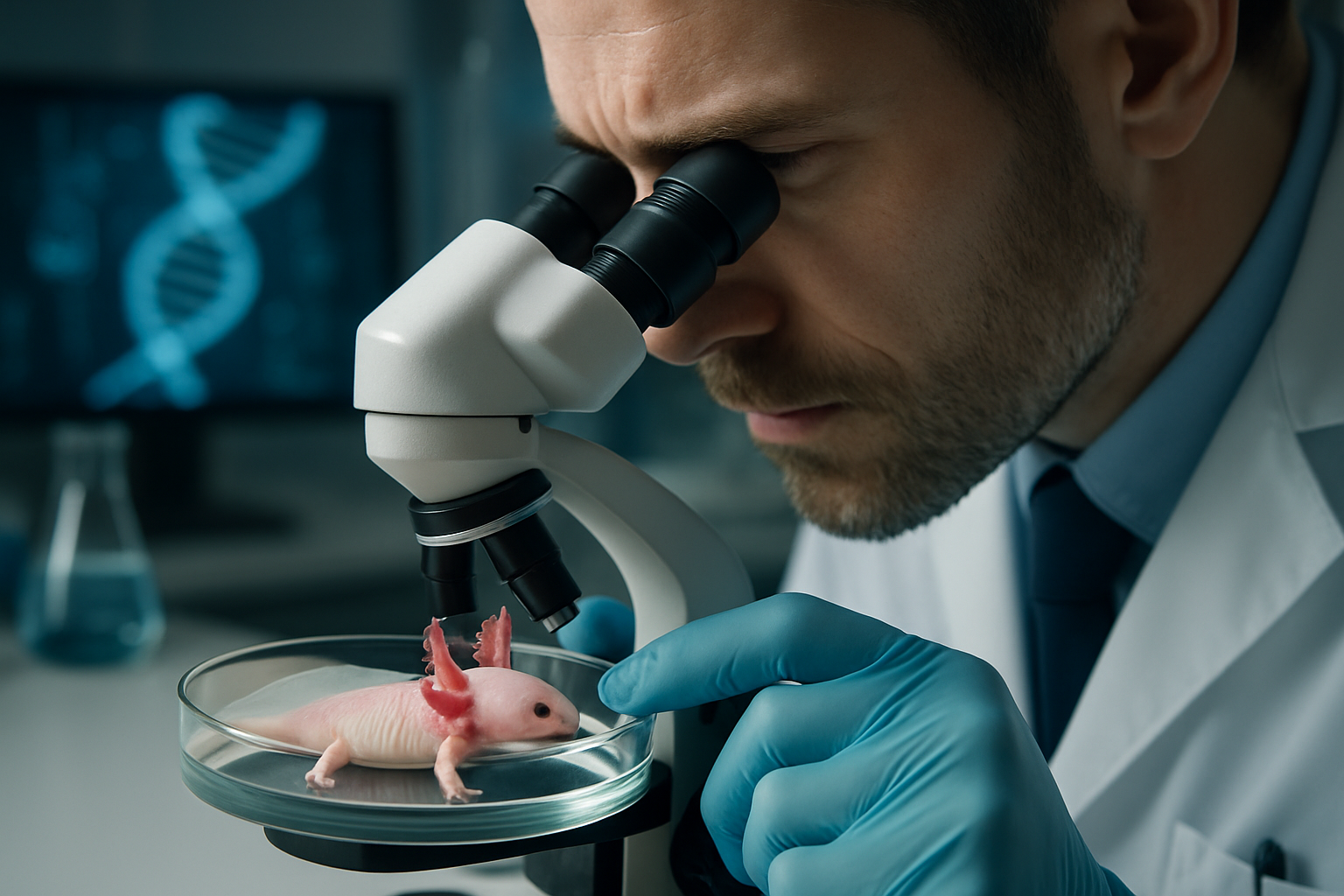The Enigmatic World of Bioart: Where Science Meets Creativity
In the ever-evolving landscape of contemporary art, a groundbreaking movement emerges, challenging traditional boundaries and sparking profound discussions about the nature of life itself. Bioart, a captivating fusion of scientific innovation and artistic expression, invites us to explore the intricate relationship between biology, technology, and creativity. This article delves into the fascinating realm of bioart, examining its origins, key practitioners, and the thought-provoking questions it raises about our rapidly changing world.

Defining the Undefinable
One of the most intriguing aspects of bioart is its inherent resistance to easy categorization. Unlike traditional art forms, bioart often exists in a state of flux, blurring the lines between art object and living entity. Some bioartworks are ephemeral, existing only for the duration of an exhibition before degrading or being destroyed. Others continue to grow and evolve long after their initial creation, raising questions about authorship and the nature of artistic intent. This fluidity and unpredictability are integral to the movement, reflecting the ever-changing nature of life itself.
Key Figures and Groundbreaking Works
The bioart movement has attracted a diverse array of practitioners, each bringing their unique perspective to this interdisciplinary field. Eduardo Kac, often considered one of the pioneers of bioart, gained international attention with his controversial work Alba, a genetically modified rabbit that glowed green under specific light conditions. This project not only showcased the possibilities of genetic manipulation but also sparked intense debates about the ethics of using living creatures as art materials.
Another influential figure in the bioart movement is Oron Catts, co-founder of SymbioticA, the world’s first research laboratory dedicated to artistic experimentation with biological technologies. Catts and his collaborators have created thought-provoking works such as Victimless Leather, a tiny jacket grown from living tissue, challenging our perceptions of what constitutes life and raising questions about the future of manufacturing and consumption.
The Intersection of Ethics and Aesthetics
As bioart continues to push the boundaries of what is possible, it inevitably raises complex ethical questions. The use of living organisms as artistic medium forces us to confront our own beliefs about the value and rights of non-human life forms. Some critics argue that certain bioart practices amount to exploitation or unnecessary manipulation of living beings, while proponents maintain that these works serve a crucial role in stimulating important discussions about biotechnology and its implications for society.
Moreover, the potential risks associated with some bioart projects, such as the creation or modification of microorganisms, have led to increased scrutiny from regulatory bodies and ethical committees. This tension between artistic freedom and responsible scientific practice remains a central challenge for bioartists and institutions supporting their work.
Bioart in the Public Eye
Despite its often complex and challenging nature, bioart has increasingly found its way into mainstream cultural institutions. Museums and galleries around the world have begun to showcase bioart exhibitions, offering the public a chance to engage with these provocative works firsthand. The Museum of Modern Art in New York, for instance, featured a groundbreaking exhibition titled Design and the Elastic Mind in 2008, which included several bioart pieces alongside more traditional design works.
This increased visibility has not only expanded the audience for bioart but has also contributed to broader discussions about the role of science and technology in society. By presenting scientific concepts and processes in an artistic context, bioartists are able to engage the public in ways that traditional scientific communication often struggles to achieve.
The Future of Bioart
As we stand on the cusp of unprecedented advancements in biotechnology, from CRISPR gene editing to synthetic biology, the role of bioart in exploring and critiquing these developments becomes increasingly vital. The movement continues to evolve, with emerging artists incorporating new technologies and addressing pressing global issues such as climate change, biodiversity loss, and the ethical implications of human enhancement.
Furthermore, the collaborative nature of bioart, which often requires close partnerships between artists and scientists, offers a model for interdisciplinary cooperation that could prove invaluable in tackling complex societal challenges. As the boundaries between art, science, and technology continue to blur, bioart stands as a testament to the power of creative thinking in shaping our understanding of the world and our place within it.
In conclusion, bioart represents a bold and provocative frontier in contemporary art, challenging our perceptions of life, creativity, and the role of technology in shaping our future. As this dynamic movement continues to grow and evolve, it promises to play an increasingly important role in stimulating critical discussions about the ethical, social, and philosophical implications of our rapidly advancing biotechnological capabilities. The enigmatic world of bioart invites us to reconsider the very nature of life and art, offering a unique lens through which to explore the complex relationship between humanity, nature, and technology in the 21st century and beyond.





